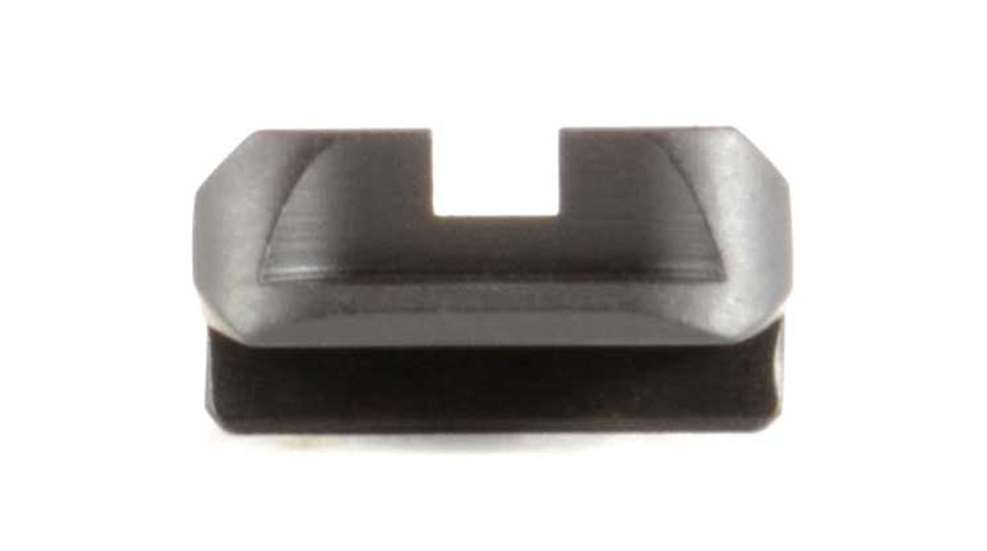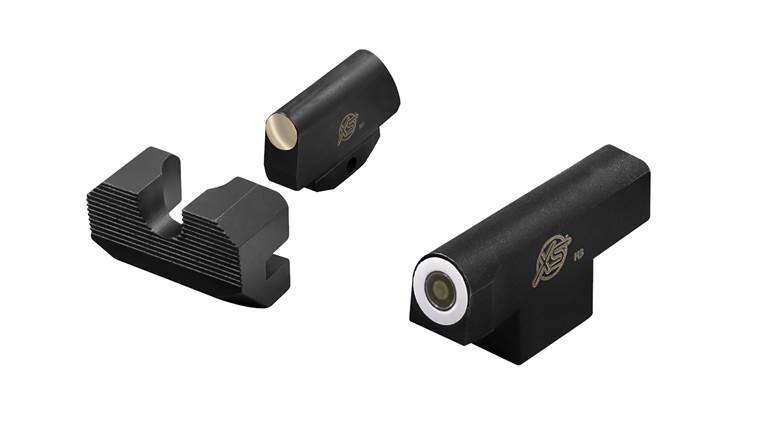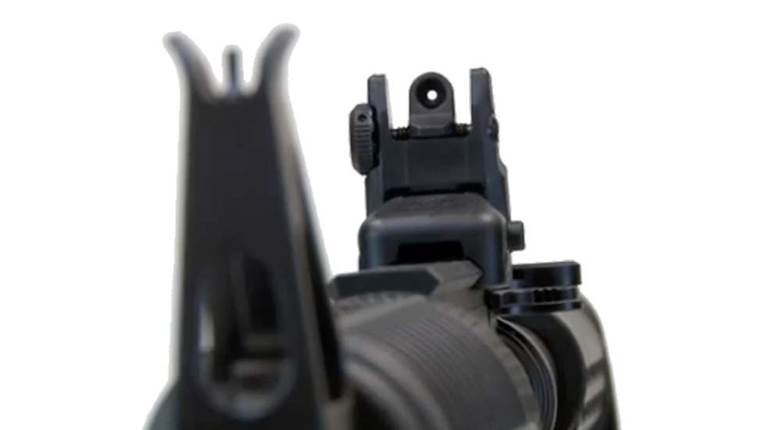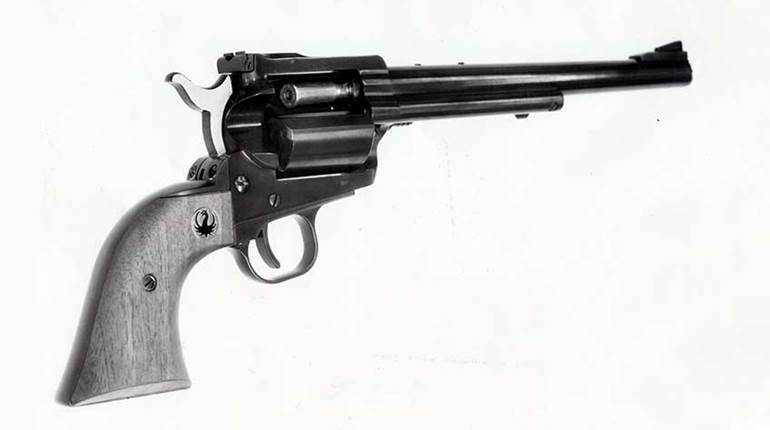
It is summer in the high plains country of northern Nevada and that means cool mornings and generally great shooting weather. I have been getting as much stuff done as possible, well before autumn turns the mornings cold instead of cool. A little later in the year, even 4-wheel drive won't get me to or from the range—snow. So—as the saying goes—you make hay while the sun shines. And I speed things up when the weather is so nice. The practical effect of all of this is simply that you look at a hell of a lot of sights.
There is mind-boggling variety in what the makers offer in the way of pistol sights these days. Fortunately, we are no longer cursed with sights so small the average shooter could not find them with a map and compass. If you read the old stuff, you get amused by some of Jeff Cooper's acidic commentary on just this problem. Most modern handguns, be they fixed-sighted or adjustable, have respectable sights that are most commonly eighth-inch (.125”) in the width of the rear notch or thereabouts. Front posts are about the same. This provides a potential for a precise sight picture for most handgunners, although the chronologically challenged often request a bit more notch width. The idea is quite simple: Center the front blade laterally in the rear notch and align the top of the blade with the top of the rear sight. Hold it in that position until the bullet (at least) exits the muzzle and preferably until it strikes the target. Seems simple.
Isn't.
Part of the problem is the things makers put on sights to make them “visible.” This stuff started before World War II and has grown exponentially. The idea was to make the front sight so obvious that you acquire it quickly. In some reduced-light situations this can work fairly well. Things started to get off track when some makers started to put highlights on the rear sight as well as the front. Quite understandably, shooters tried to align the highlights and not the sights. It doesn't work very well, because you tend to flip the focus of your sighting eye from the rear sight to the front and back. It is very hard for a great many shooters to shoot well with such a system, although some can do it. I am convinced that this happens in spite of the highlighted sights and not because of them.
On a recent late afternoon shoot, I had several guns on the bench and there were three different types of sights—fiber optic front and rear, luminous dots front and rear and plain black metal. The latter system was by far the best, followed by the other two. When the sun dropped behind the Sierras to my rear and the light started to fail, the luminous dots came into their own. On a whim, I blacked out the dots on the rear sights, but left the front sight unaltered. This seemed to work very well. Wayne Novak tells me that he gets frequent orders for this system—front sight only—so some people are seeing the same thing I see. The front sight highlight helps you find that all-important front sight, which you then align with the rear. It's that simple.





































